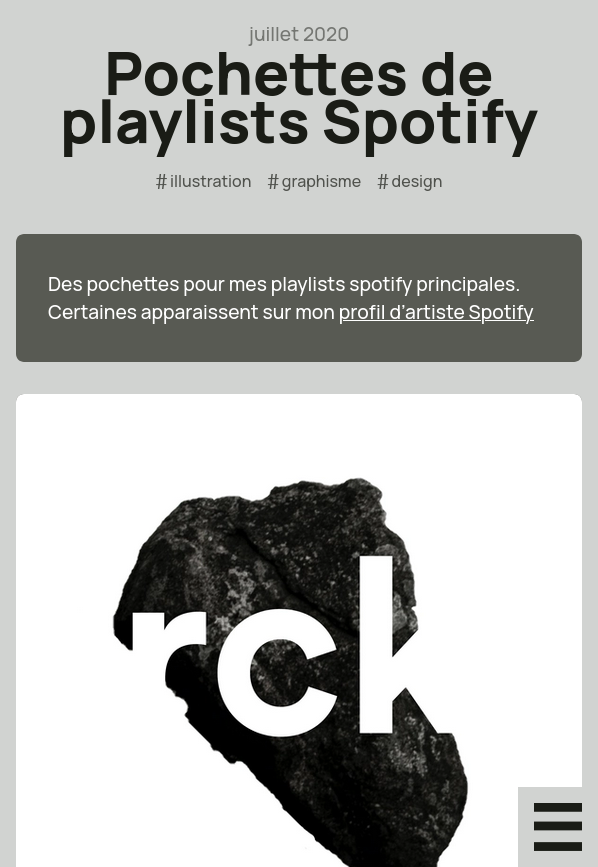Internationalization
To share your works with the world, and with your future job, you might want to translate your works' descriptions to multiple languages. ortfo/db has first-class support for this by allowing you to define your works' descriptions in multiple languages.
Usage example


Language markers
Simply add a language marker in your description file on its own line. Everything that you write after this marker, and before the next marker, is considered to be written in that language.
The markers look like this:
:: language codeNote that this “language code” could technically be anything you want, but it's recommended (and might in the future be required to be) a BCP 47 language code.
Example
---
wip: yes
---
# ortfo
:: en
A simple way to manage _lots_ of projects for a portfolio website
:: fr
Une manière simple de gérer _beaucoup_ de projets pour un site web de portfolio
:: ja
私の日本語は悪いですから、知らない wwwwUntranslated content
Content that isn't translated is considered to have the special language code default.
All content before any language markers is considered untranslated.
This is particularly useful for the title of the work, which is usually the same in all languages.
In database.json
The database's Content will be an object mapping every language code used in the description file to the content blocks of the work.
layout considerations
Since the Layout is shared by all languages, you must have the same number of paragraph, links and media blocks in every language.